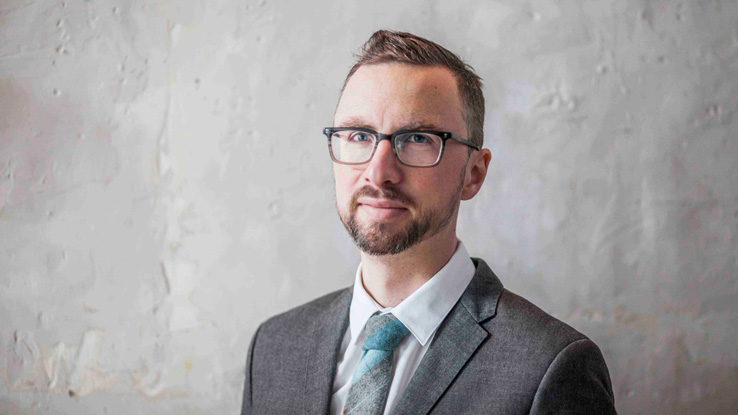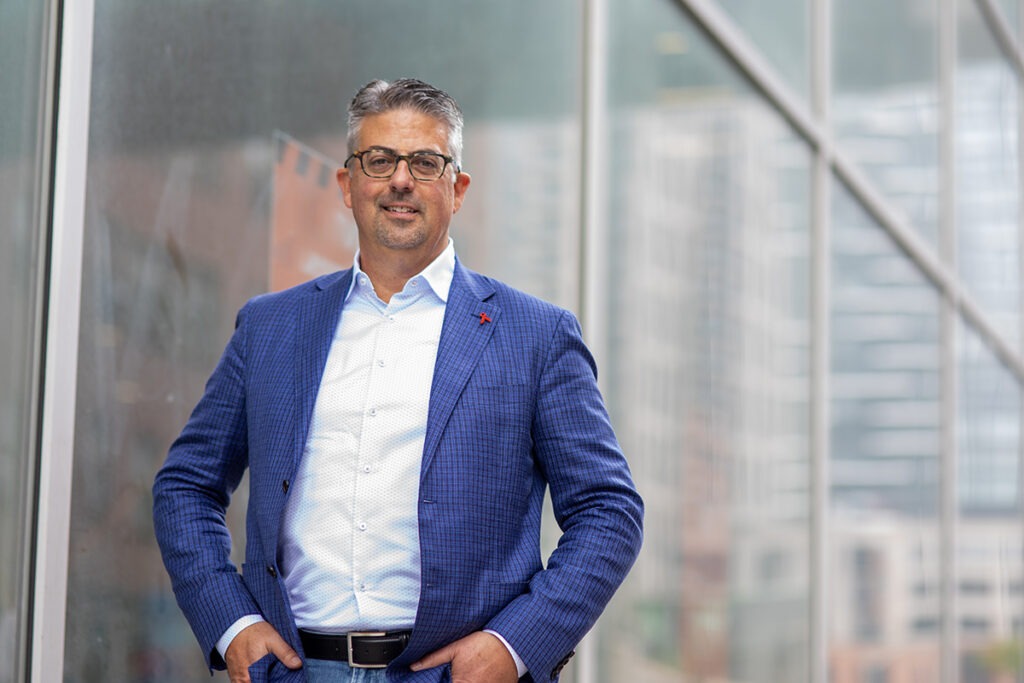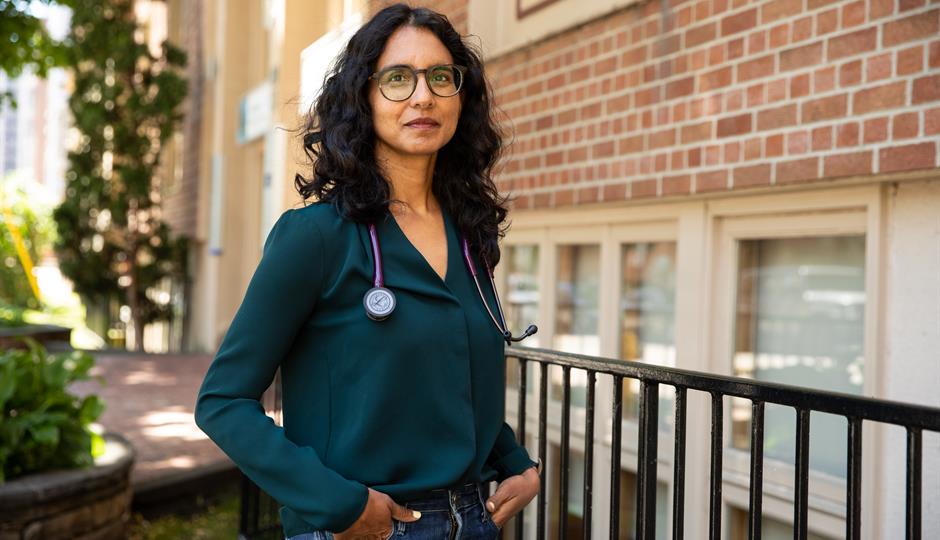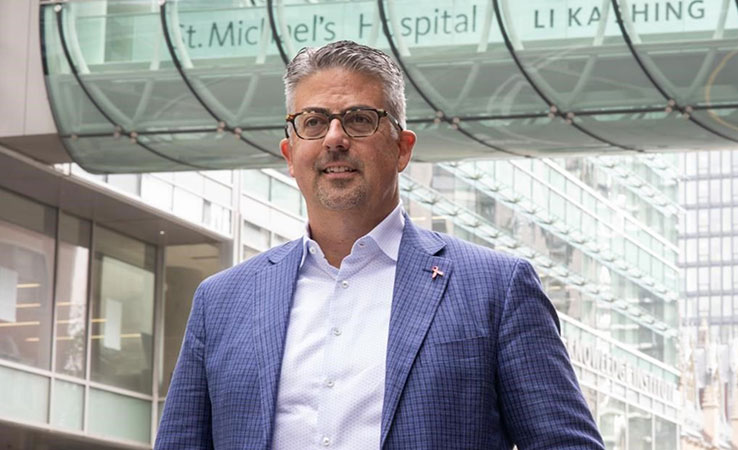Op-ed in the Toronto Star by Vicky Stergiopolous and Stephen Hwang
Riding transit to work or school shouldn’t be a scary proposition, but that’s unfortunately the daily reality for far too many who take transit as a daily necessity.
This is not an issue of a subway station, or any other public space, being inherently unsafe. The issues that are plaguing our society are migrating onto the TTC. Violent incidents don’t occur in a vacuum.
The leading factors that increase the risk of violent behaviour are trauma, victimization and abuse. Inadequate income, loss of employment and lack of access to basic necessities, such as housing and food, are also key predictors. When coupled with substance use or certain mental health conditions, these stressors increase the likelihood that an individual will commit acts of violence.
Underfunding of social services, abdication of mental health supports and housing by senior levels of government, lack of supports for people who use drugs, and trauma from the pandemic are just some of the root causes that have led to the behaviours we are witnessing.
Research shows that communities that provide early years programs, supports for at-risk youth, job training and employment, and decent affordable housing as well as other measures that address the social determinants of health have lower crime rates. But you don’t need a PhD to know that people who have access to opportunities and are thriving and connected to their communities are less likely to commit a violent crime. Ensuring that our most vulnerable are safe will make everyone safer.
Il faut revoir l’intervention en cas de crise au sein de la Commission de transport de Toronto (TTC)
Article d’opinion du Toronto Star par Vicky Stergiopolous et Stephen Hwang
Prendre les transports en commun pour se rendre au travail ou à l’école ne devrait pas être une démarche angoissante; c’est pourtant la réalité quotidienne d’un trop grand nombre de personnes pour qui les transports en commun sont une nécessité quotidienne.
La question n’est pas de savoir si une station de métro ou tout autre espace public sont fondamentalement dangereux. Les problèmes qui affligent notre société se répercutent sur la TTC. Les incidents violents ne surviennent pas en vase clos.
Les principaux facteurs qui augmentent le risque de comportement violent sont les traumatismes, la victimisation et les sévices. L’insuffisance des revenus, la perte d’emploi et le manque d’accès aux produits de première nécessité, comme le logement et la nourriture, sont également des facteurs prédictifs importants. Lorsqu’ils sont associés à l’utilisation de substances ou à certains troubles mentaux, ces facteurs de stress augmentent la probabilité qu’une personne commette des actes violents.
Le sous-financement des services sociaux, le renoncement aux aides à la santé mentale et au logement de la part des ordres supérieurs de gouvernement, le manque de soutien aux personnes qui utilisent des drogues et les traumatismes causés par la pandémie ne sont que quelques-unes des causes profondes qui ont provoqué les comportements dont nous sommes témoins.
La recherche révèle que les collectivités qui proposent des programmes pour la petite enfance, des aides aux jeunes à risque, des formations professionnelles et des emplois, des logements décents et abordables, ainsi que d’autres mesures portant sur les déterminants sociaux de la santé ont des taux de criminalité plus faibles. Mais nul besoin de posséder un doctorat pour savoir que les personnes qui ont accès à des avantages, qui s’épanouissent et qui sont impliquées dans leur collectivité sont moins susceptibles de commettre des crimes violents. En garantissant la sécurité des personnes les plus vulnérables, nous assurerons la sécurité de tous.







